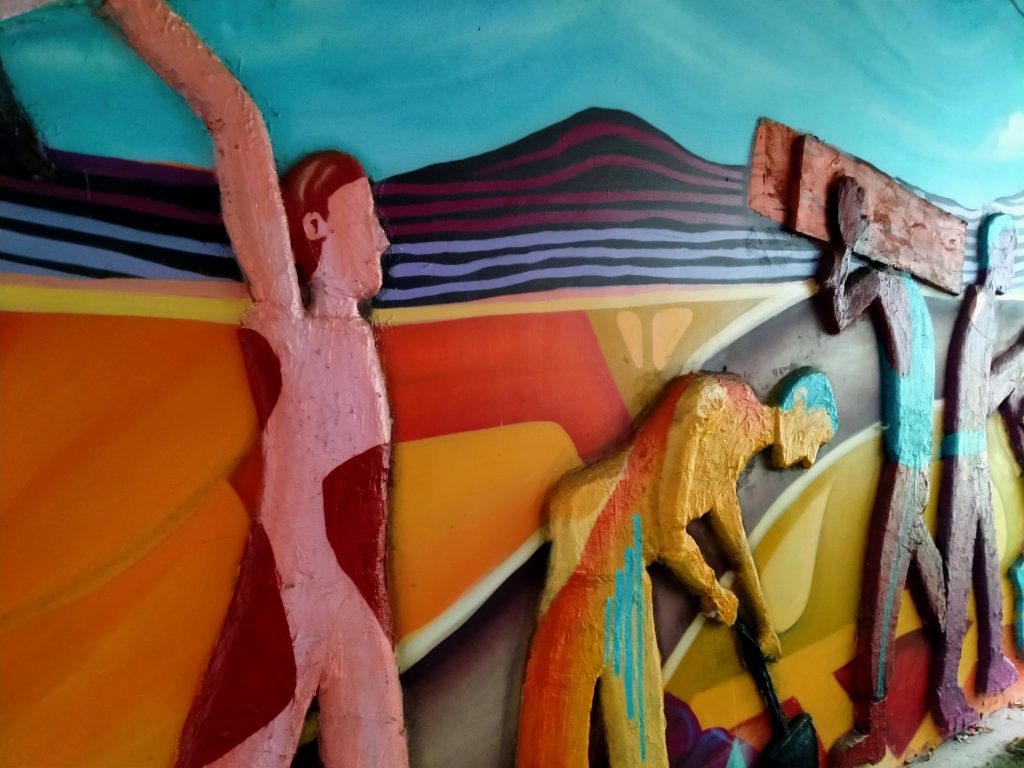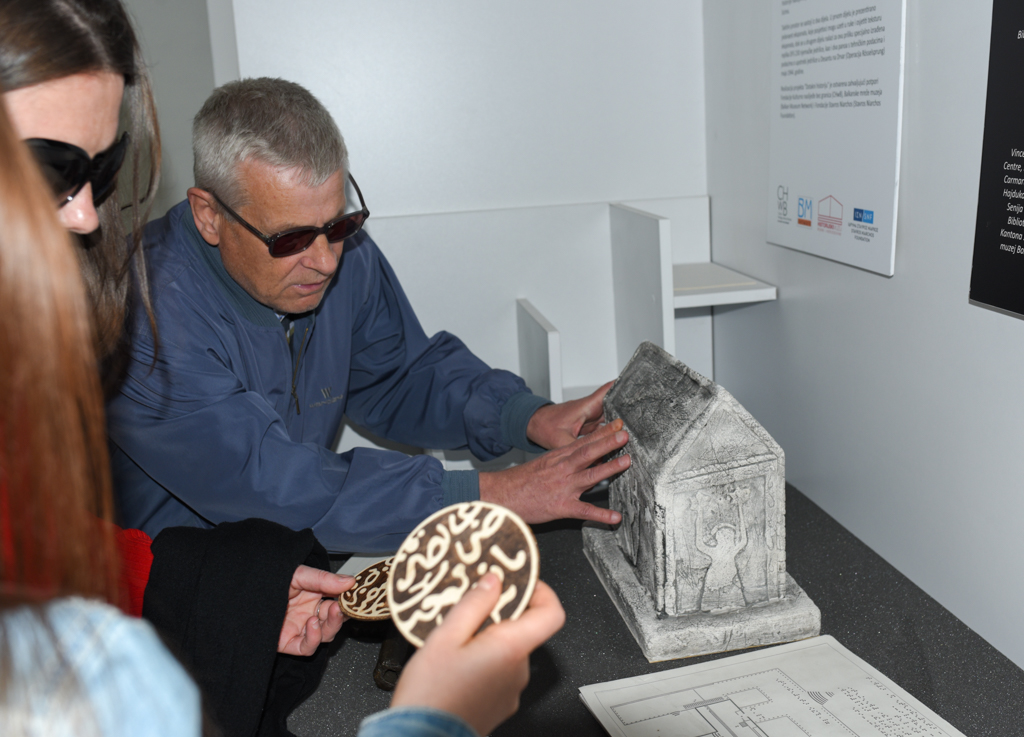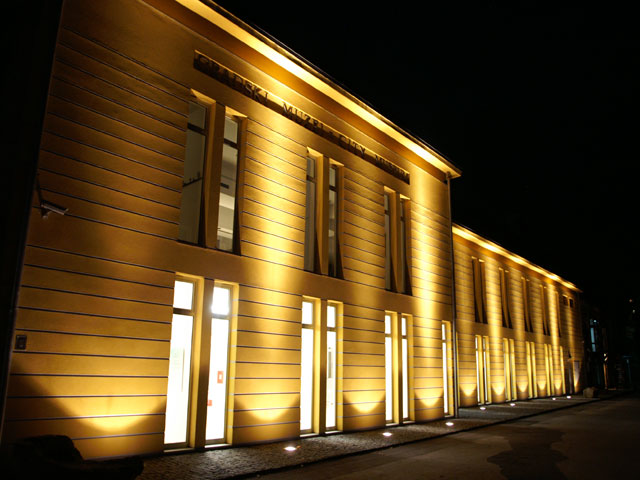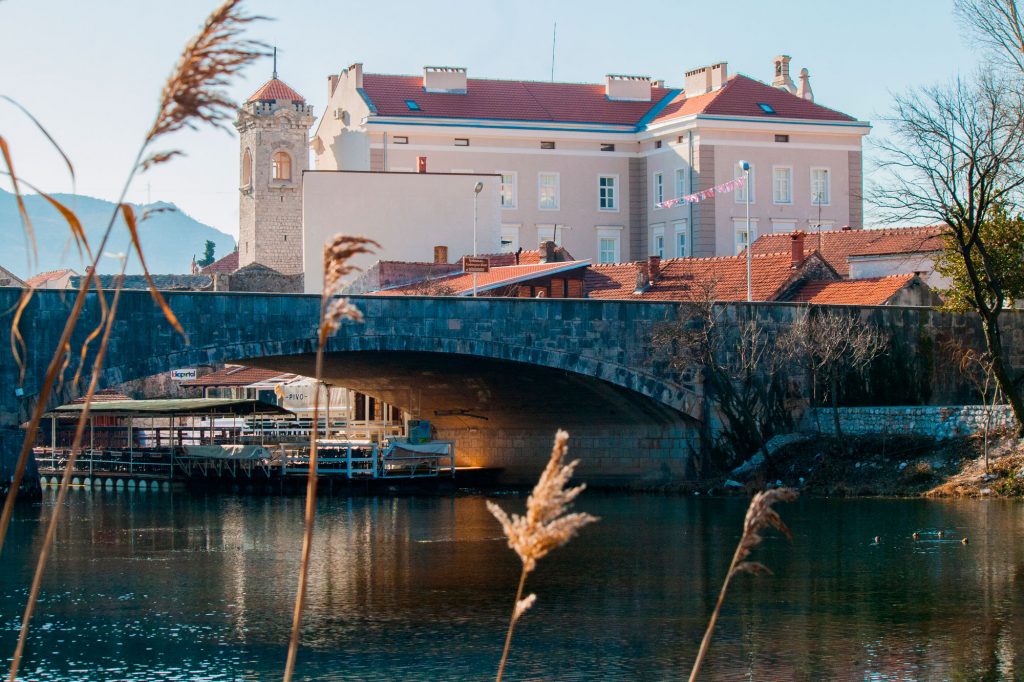Tourist attractions in our country are mostly inaccessible to people with disabilities, whether they are natural or cultural-historical attractions that have architectural barriers. The noble mission of improving services for people with disabilities in Bosnia and Herzegovina has been mostly undertaken by museums and cultural institutions throughout the country.

War Childhood Museum
This Sarajevan museum, which houses collections of personal belongings, stories, audio and video testimonies, photographs, letters, drawings, and other documents that evoke a unique experience of growing up in the war, is making many strides in facilitating access for people with disabilities. The museum provides an elevator and bathroom for people with disabilities as well as a sign language interpreter. The museum also conducted an accessibility assessment, after which they plan to adapt the exhibition with Braille guides, audio guides, as well as tactile exhibits (exhibits that can be felt and touched by the visually impaired). Employees of the museum have also gone through an internal education program on the inclusion and accessibility of the museum, and they plan to enrich its content and inclusive workshops.

The Historical Museum
The Historical Museum of Bosnia and Herzegovina, located in the heart of Sarajevo, provided a tactile space that was opened in 2014 as part of the “Dotakni historiju” (“Touch History”) project with the goal of bringing Bosnia’s cultural and historical heritage closer to people with disabilities – especially to the visually impaired. Additionally, a tactile mural, the first of its kind in Bosnia and Herzegovina, has been erected in the museum’s garden to represent a form of visual art adapted for the visually impaired. In addition to standing on the wall as a work of art, the mural has its own tactile parts and audio description for the visually impaired, who will be able to perceive what the mural represents through touch.
The City Museum of Zenica
The City Museum of Zenica, which has been inheriting the history of the city of steel for 55 years, has also enriched its work by adapting it to disabled individuals. The museum has tablets for digital content promotion, sign language interpreters, and tactile exhibits. Additionally, the City Museum participates in the employment program for people with disabilities, which is funded by the Federal Fund for Employment and Rehabilitation of People with Disabilities.

The Museum of the Republic of Srpska
The Museum of the Republic of Srpska in Banja Luka also boasts a reputation for adapting its museum for disabled individuals. The museum has tactile exhibits that require an announcement in preparation for display. The museum also has a machine that can be used to prepare materials in Braille for the visually impaired as well as professional guides leading workshops organized for disabled individuals. Previously, the museum has organized an inclusive class and events for children with developmental disabilities, and this year, a Children’s Week was organized for them as well.
The Herzegovina Museum
The first museum in Trebinje has been officially included in the list of the 61 most prestigious museum institutions in Europe in the year of 2020, according to European Museum Forum estimates. The museum has tried to bring its work closer to disabled individuals; even in 2011, in cooperation with MDGIF, the museum installed a mobile climber with a light folding wheelchair to support access for disabled individuals. They are currently working on the realization of a project with the support of the RS Ministry of Education and Culture entitled “Culture Without Barriers – Installation of a Mobile Transport System for Wheelchair Users.” Additionally, in front of the permanent exhibits within the corridors of the museum, there are boards printed in Braille for the visually impaired to use.

Progress in adapting museums for disabled individuals was also made by: the Kakanj Museum, the Museum of Eastern Bosnia in Tuzla, the Regional Museum of Travnik, the Regional Museum Visoko, the Museum of Old Herzegovina, the Tešanj Museum, the National Museum of BiH, the National Gallery of BiH, and the Museum of Herzegovina in Mostar.
Author: Semra Hodžić